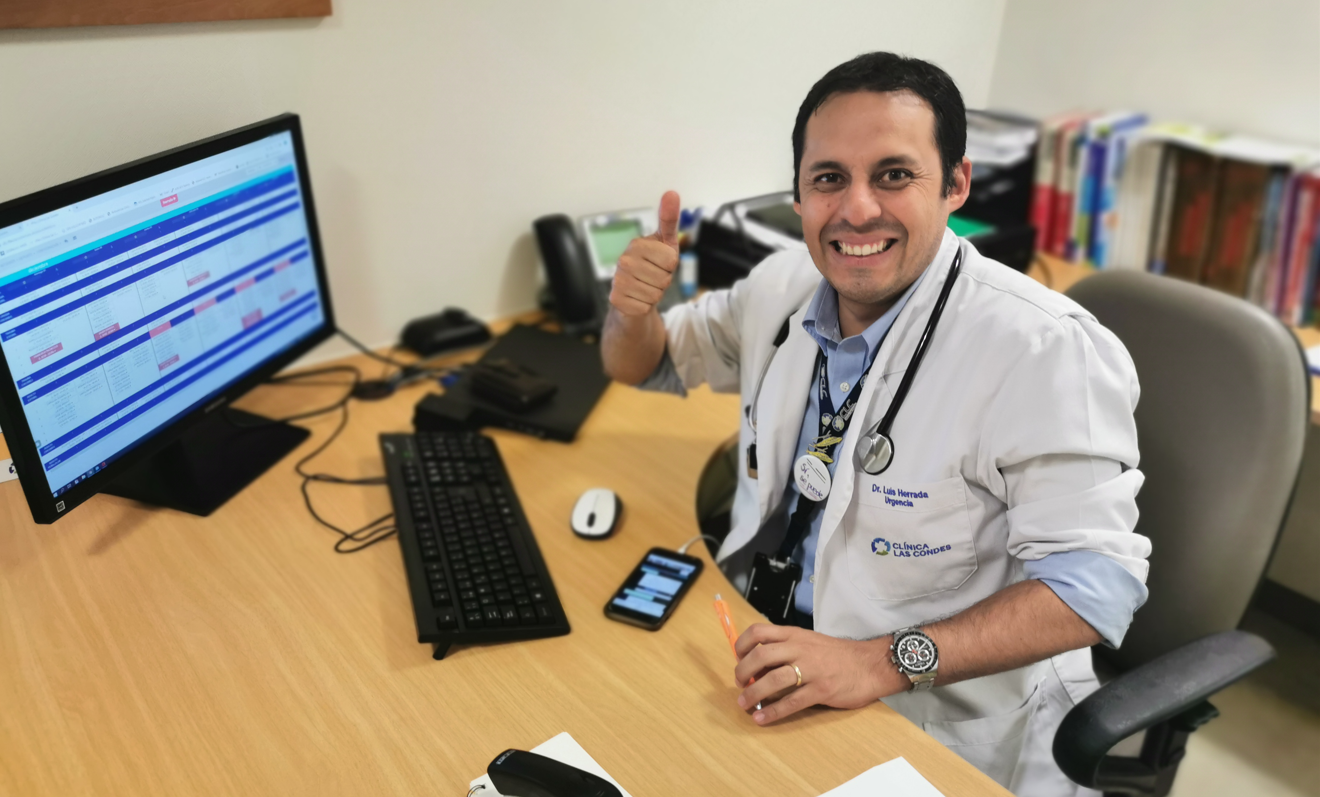No room for error: my experience building an app
At least three days per week for three months, I found myself in the emergency room—meeting not just one doctor, but many. I wasn't there as a patient, but as an observer. To build an app tailored to their needs, I had to think like them.
How did I ended up here in the first place?
Working at an early-stage startup (with fewer than 12 people at the time) meant wearing countless hats. I split my time between onboarding (50%), product development (50%), and whatever the company needed to grow and survive (20%). (Yes, that's 120%—startup math is its own language.)
I was finalizing the onboarding of our SaaS platform at one of the largest hospitals in the country. A long 6-month project implementation where over 3,000 employees would soon rely on our software. But as the project wrapped up, a new challenge emerged: a doctor managing 150 physicians approached us. He needed an app to organize his team's schedules—exactly what we offered nurses. Except we didn't have an app… and we didn't understand how doctors worked.
The stakes? Sky-high. With scarce resources and no guarantees, failure would've meant losing doctors and my team's trust. But I trusted this bet aligned with our long-term vision, mainly for two reasons. First, a competitor was circling, ready to lock doctors into their system forever. Second, I knew this app could later adapt for nurses—the heart of our business. I used these arguments to convince the team, though skepticism ran high. "Why prioritize doctors over nurses? Why now?" they asked. My answer: "This positions us as authorities in healthcare workflows, and by charging per doctor, we'll unlock incremental revenue from customers looking to scale their medical teams—and secure our market leadership."
There was one minor issue: we'd never built an app before. Oh, and we had three months to deliver. (Today, three months might sound generous, but in 2019—without AI tools—it felt like coding in quicksand.) The app needed to work flawlessly on iOS and Android. Fail, and our stakeholder would bolt to the competitor.
So I assembled a SWAT team: a UI designer, a tech lead, a developer, and me as PM. Our mission? Build the best app possible with the tools we had.
The first task: understanding doctors' workflows. Unlike office jobs with predictable 9-to-5 shifts…or even nurses who worked two days on and two days off, doctors cycled through 60+ specialty-specific rotations every six weeks. Scheduling them felt like untangling a spiderweb. Add replacements, vacation approvals, and days-off requests? Suddenly, nurse scheduling (with its 2-3 shift types) felt like child's play.
I became a familiar face in the ER. Staff knew me by name, and everyone, from surgeons to interns, was eager to help. I showed them prototypes and demos to gather feedback in real-time, testing ideas directly in their chaotic environment. "This is how we actually work," they'd say, pointing out nuances no market research could capture. By iterating in person, I saw their expressions shift—frustration when a feature clashed with their workflow, relief when something clicked—reactions that became our true north.
Three months later, we launched. The app worked. Doctors stayed. Competitors retreated.
But the real win came later. That "doctor-first" app? We adapted it for nurses, kinesiologists, and nutritionists. Ten thousand users later, it became our flagship product.
Outcomes
- We positioned ourselves as doctor scheduling experts in the market, turning cold leads into engaged prospects.
- Adding doctors to client packages translated to a 10% revenue increase per customer
- We achieved the #1 healthcare scheduling app spot in our country, a badge that became a must-have in our sales pitch.
My takeaway:
There's a saying: "God gave us one mouth and two ears for a reason." Listening is key. As PMs, we obsess over frameworks and data, but nothing replaces watching a user's face light up (or crumple) when they interact with your product. My time in the ER taught me that observation is the ultimate innovation tool.

We reduced the time spent on monthly shift assignments for the doctor manager's team from hours to minutes.